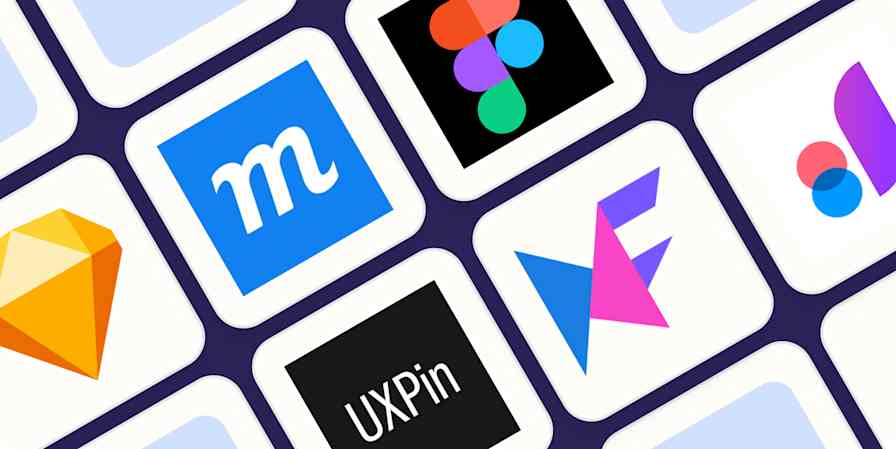Business tips
8 min read4 Skills Designers Need to Help Companies Succeed
By Bryan Landers · February 26, 2015

Get productivity tips delivered straight to your inbox
We’ll email you 1-3 times per week—and never share your information.
tags
Related articles
Improve your productivity automatically. Use Zapier to get your apps working together.







